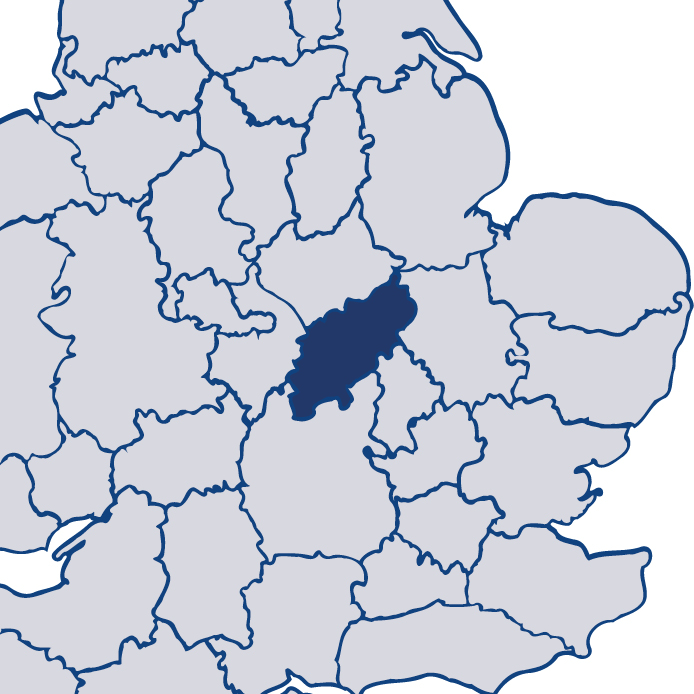Northamptonshire 2017
Read more about NorthamptonshireThis is HMICFRS’ fourth PEEL (police effectiveness, efficiency and legitimacy) assessment of Northamptonshire Police. PEEL is designed to give the public information about how their local police force is performing in several important areas, in a way that is comparable both across England and Wales, and year on year. The assessment is updated throughout the year with our inspection findings and reports.
The extent to which the force is effective at keeping people safe and reducing crime requires improvement.
The extent to which the force is efficient at keeping people safe and reducing crime is good.
The extent to which the force is legitimate at keeping people safe and reducing crime requires improvement.

Zoë Billingham, Her Majesty’s Inspector of Constabulary
HMI's observations
Read my assessment of Northamptonshire Police below.
I am satisfied with some aspects of the performance of Northamptonshire Police in keeping people safe and reducing crime. The force has made commendable efforts to respond positively to our previous inspection findings, but still has more to do.
I welcome the changes the force has made, laying the foundations for more effective policing, and it recognises that it needs to sustain its efforts. However, I am concerned about its response to serious and organised crime.
Northamptonshire Police has a good understanding of current demand for its services and is reshaping its operating model to ensure policing services are aligned with each other.
However, the force does need to make some improvements, particularly in its understanding of the skills of its workforce and what skills it will need in the future.
The workforce behaves ethically and lawfully, but the force needs to improve some aspects of the way it treats the people it serves and its workforce.
I am encouraged that the force acknowledges the problems and am confident that we will see further improvement in the areas we have identified.
Effectiveness
How effective is the force at keeping people safe and reducing crime?
Efficiency
How efficient is the force at keeping people safe and reducing crime?
Legitimacy
How legitimate is the force at keeping people safe and reducing crime?
Other inspections
How well has the force performed in our other inspections?
In addition to the three core PEEL pillars, HMICFRS carries out inspections of a wide range of policing activity throughout the year. Some of these are conducted alongside the PEEL inspections; others are joint inspections.
Findings from these inspections are published separately to the main PEEL reports, but are taken into account when producing the rounded assessment of each force's performance.





